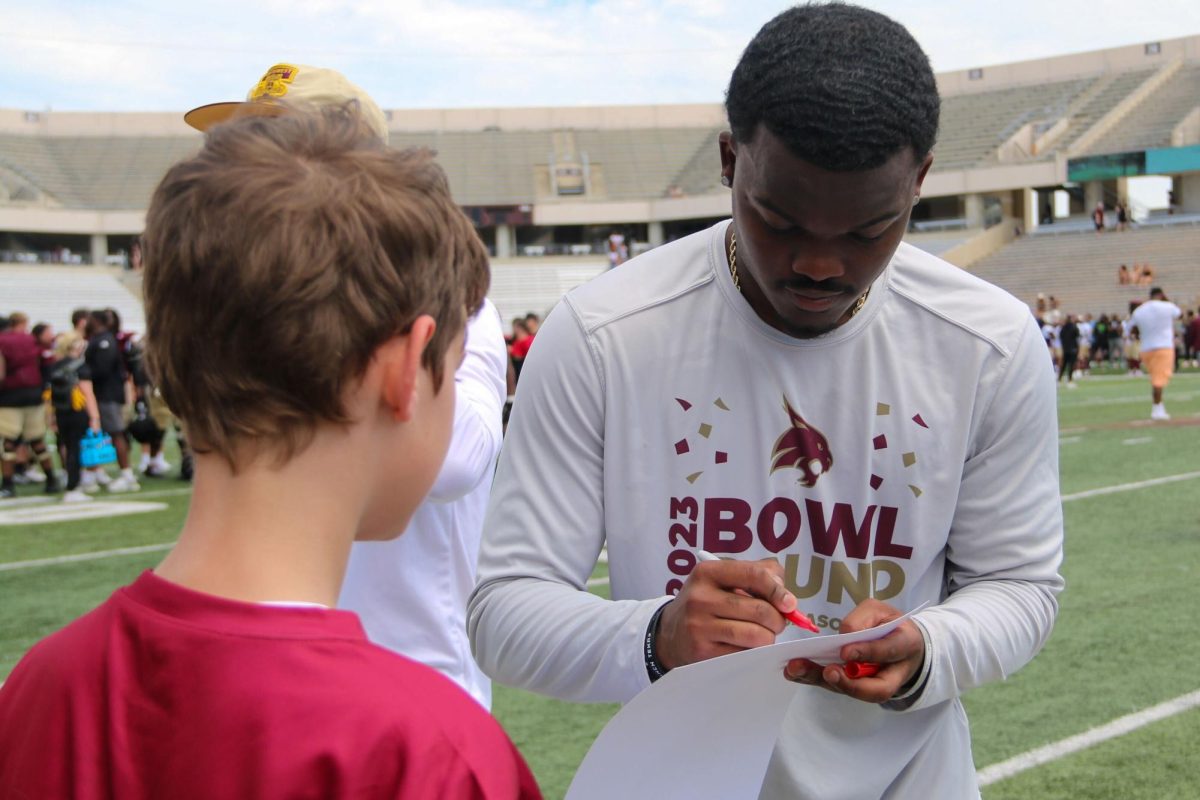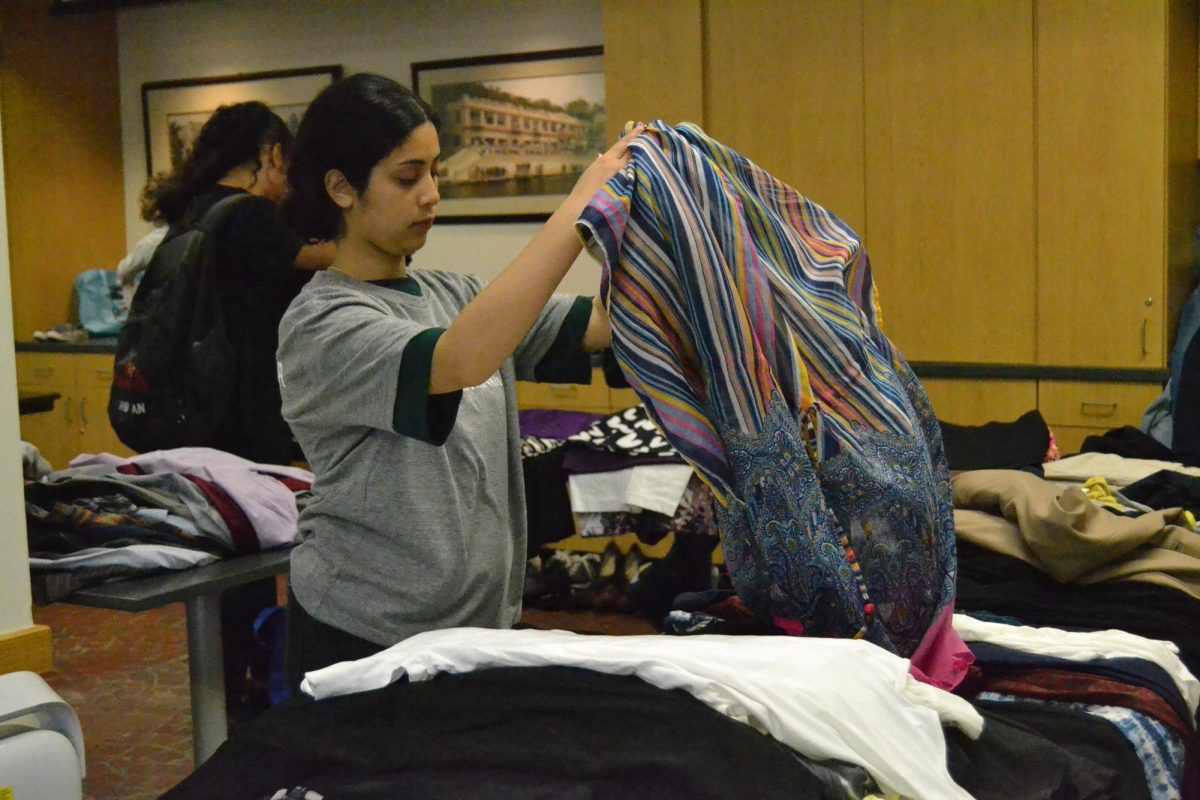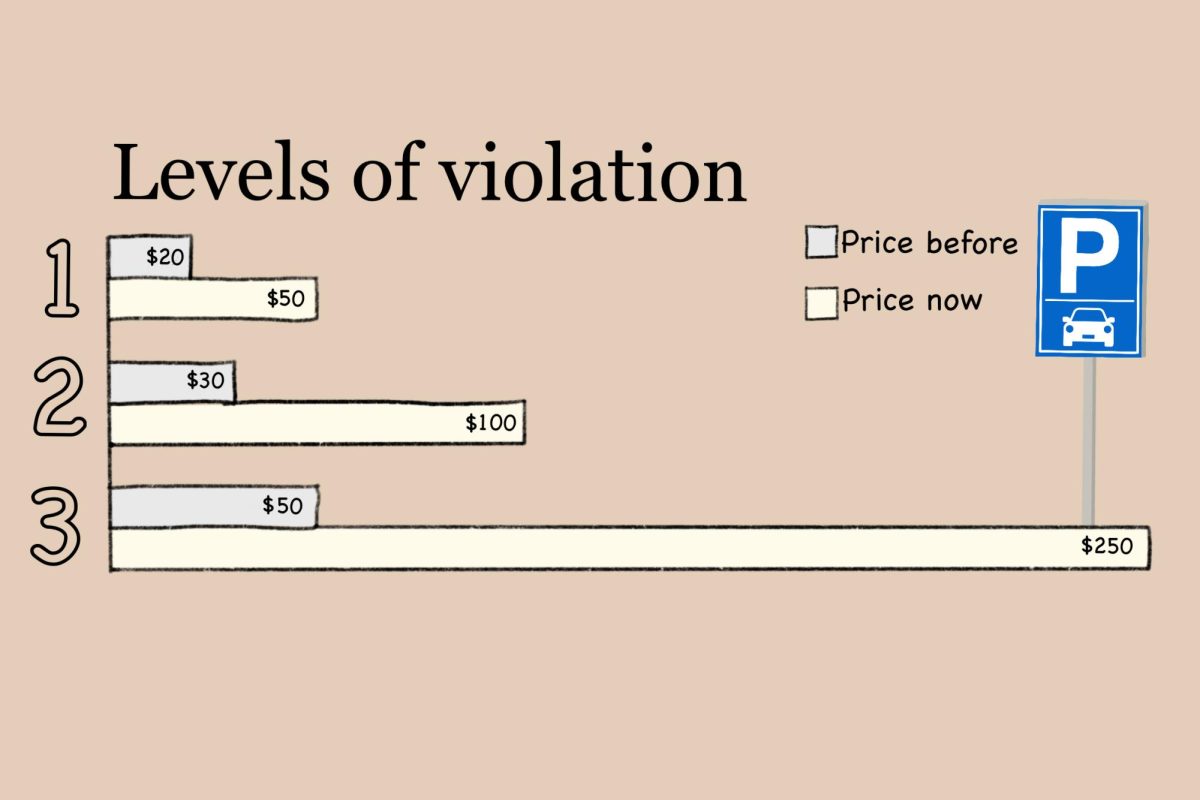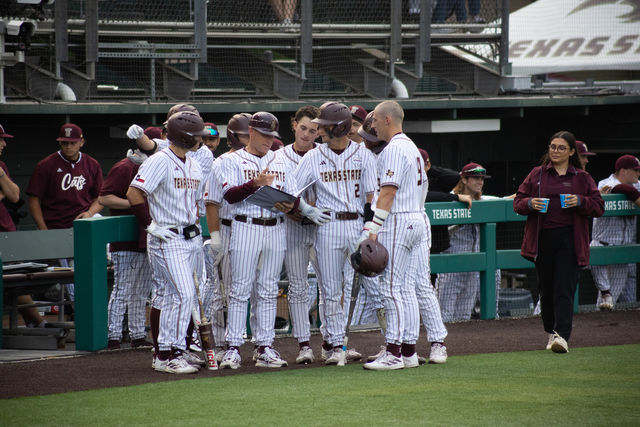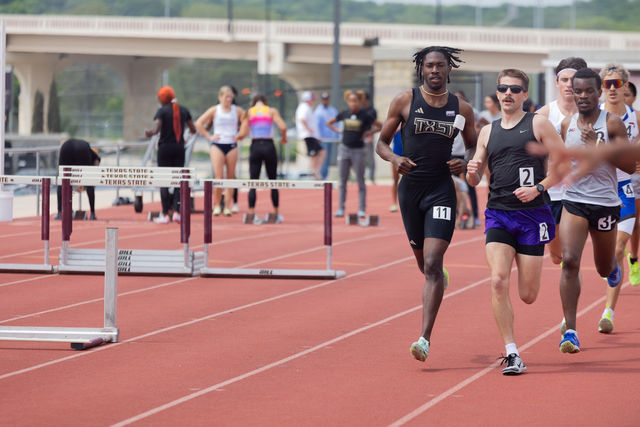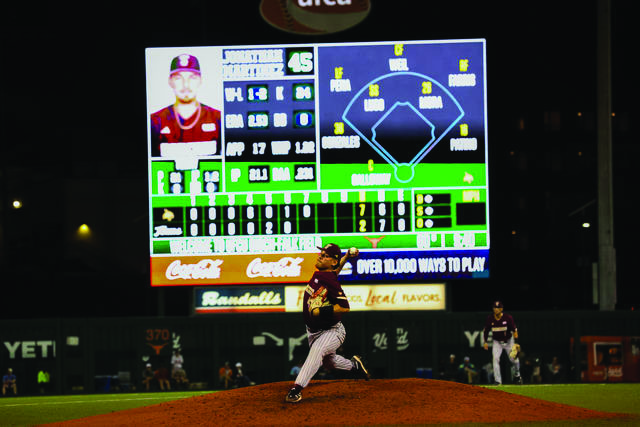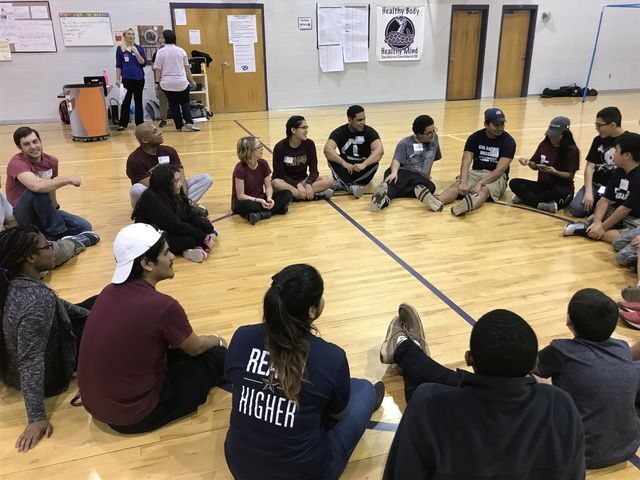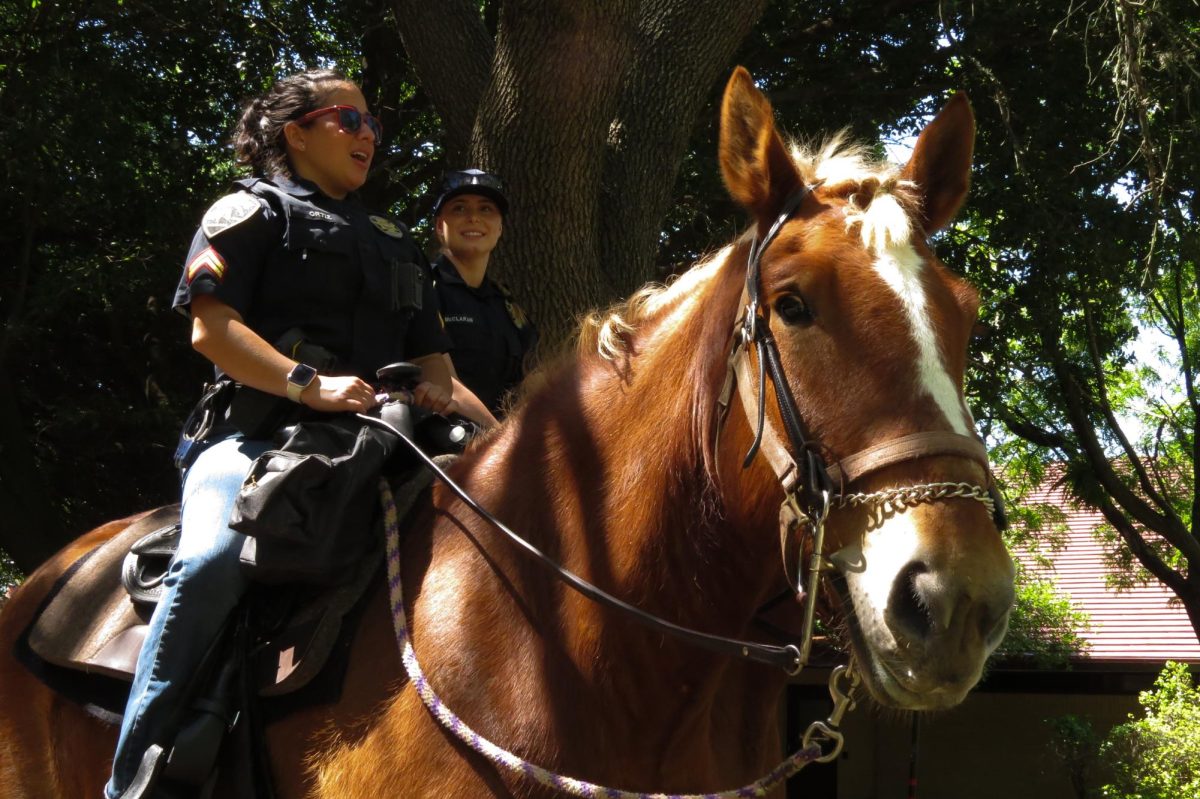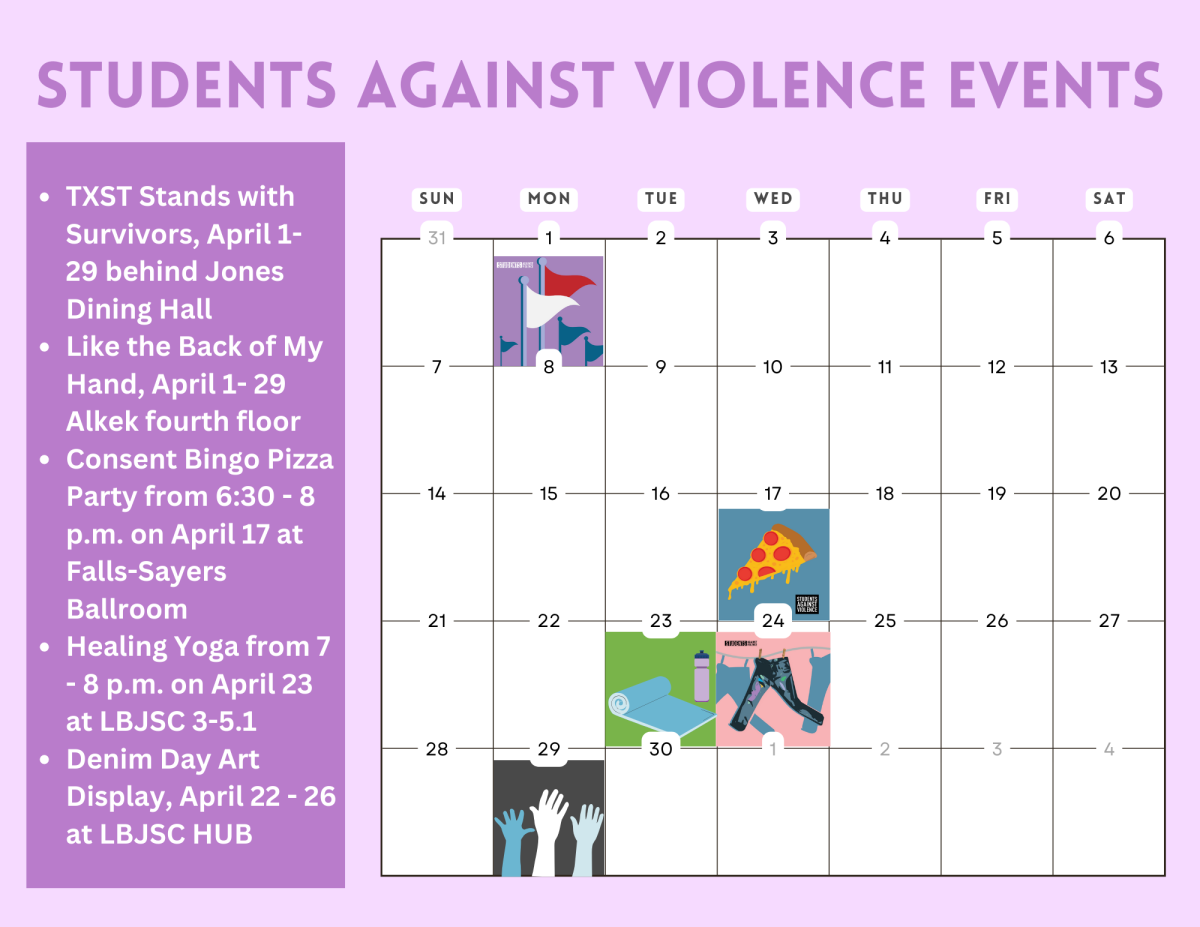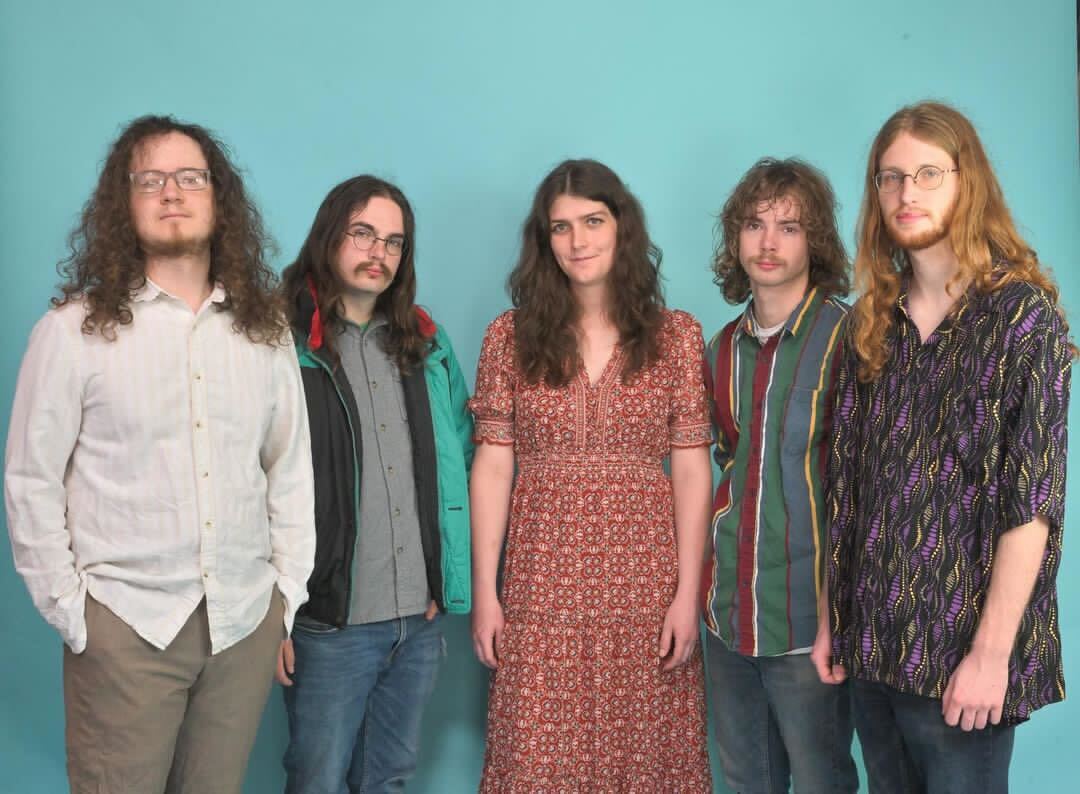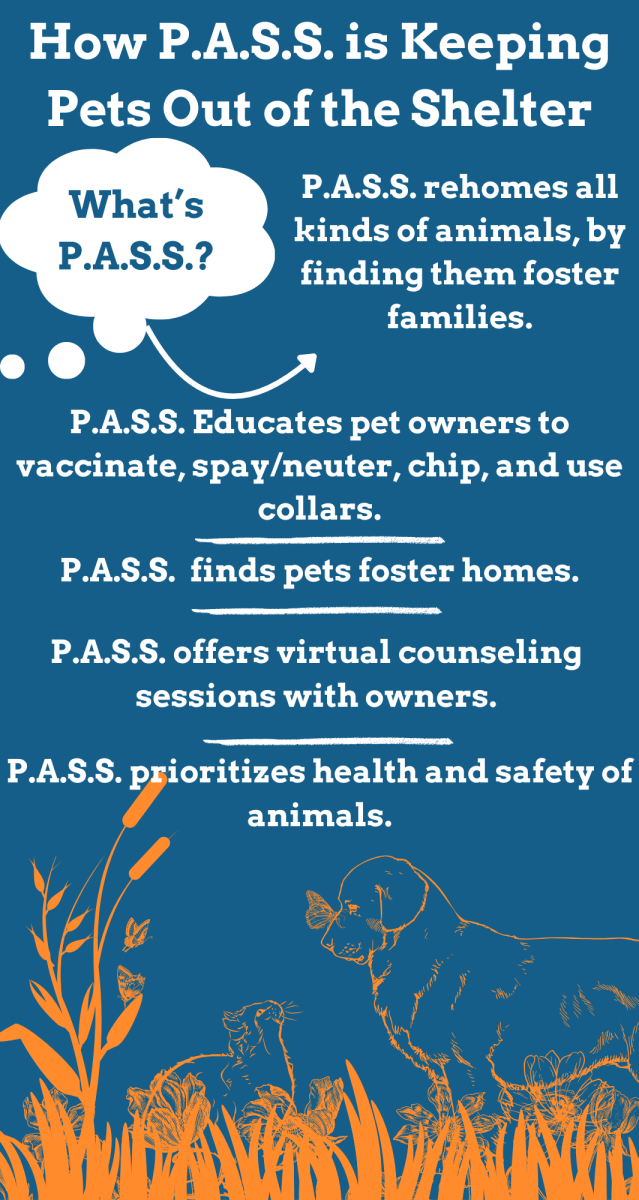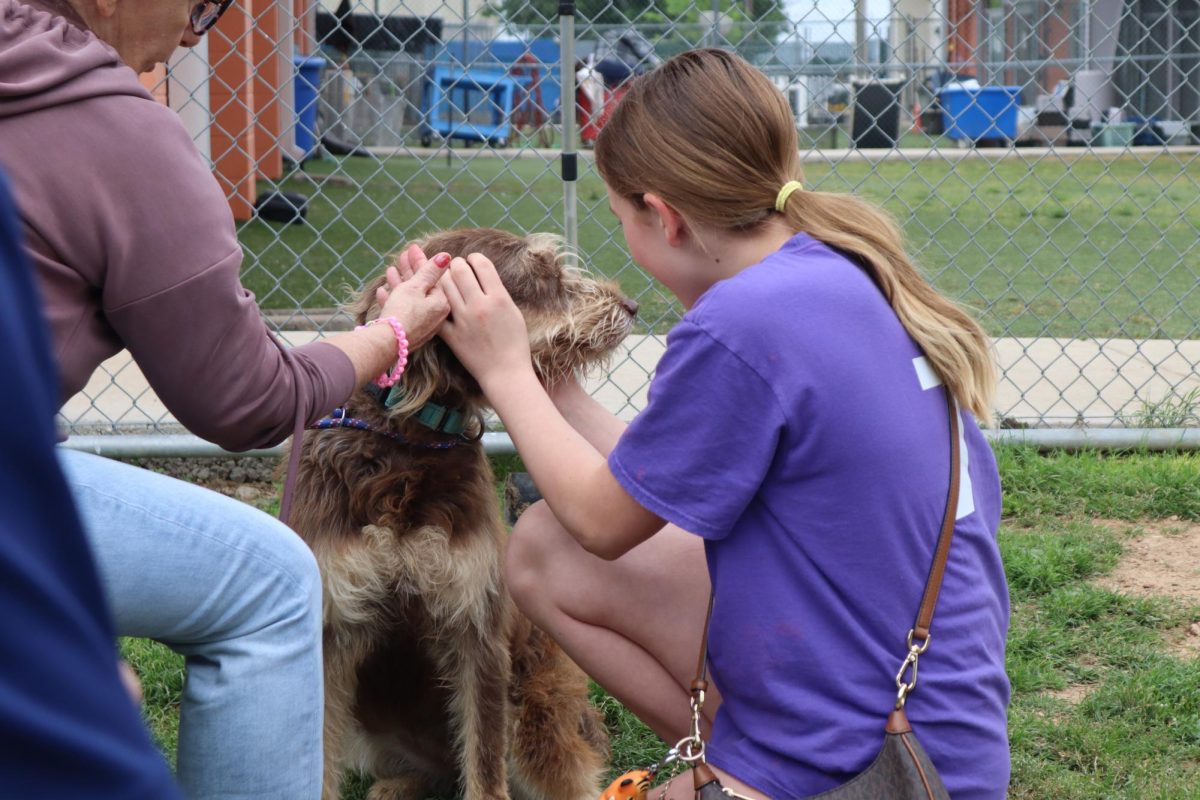Middle schoolers in San Marcos are trading time with technology to have active fun with a group of Texas State students.
Miller Middle School welcomed back an after-school program, Partnered Out of School Time, for its fifth year on Feb. 20. Simultaneously, the after-school program Spring Lake Outdoor Education Program kicked off at Goodnight Middle School for its second semester.
Both programs are hosted by San Marcos in collaboration with Texas State’s recreational administration students and the Department of Health and Human Performance at no cost to the participants.
On Tuesdays and Thursdays, middle schoolers can attend their respective after-school program from 4-6 p.m. for eight weeks each semester.
The first 30 minutes of the programs are dedicated to having a snack and working on homework. Afterwards, Texas State students take over and provide games and activities for the students.
P.O.S.T. students stay on campus at Miller Middle School, but SLOEP middle schoolers are taken to the Meadows Center where they can participate in more outdoors activities, such as canoeing.
Katelyn Brazell, youth service specialist for the city of San Marcos, said parents told her their children would probably be playing video games or watching TV if not for the after-school program.
“It is a recreational, physical activity; we are trying to promote physical wellness, so we don’t allow electronics in the program,” Brazell said. “We want to teach them teamwork and respecting one another.”
Sarah Walter, health and human performance lecturer, supervises the Texas State students at the programs and said she likes the different activities they do for both programs.
“For a lot of the (Texas State) students it is their first opportunity to take some sort of leadership role, at least in the context of the recreation profession,” Walter said.
Walter said both P.O.S.T. and SLOEP are fun and engaging ways to get middle schoolers to be active and interact with positive role models.
The Texas State students who help run the programs are completing course work for their classes: leadership in recreation and leisure services. They gain adequate experience by completing this kind of coursework by planning the activities they will present to the middle schoolers and practicing their skills in the classroom.
Lauren Segovia, therapeutic recreation freshman, said this opportunity will help her in her dream to work with camps dealing with mentally ill children.
“(The class) is basically how to become a leader,” Segovia said. “We have to have a game, conduct it and it gets us out of our comfort zone.”
Each semester contains new Texas State students who are given the opportunity to grow in character and get one step closer to working the job they want most. As long as middle schoolers keep attending, Texas State students will continue to gain leadership experience and skills to take forth into the future.

